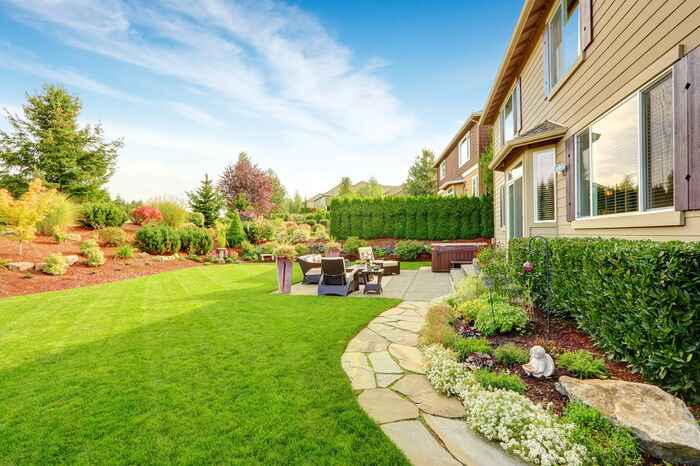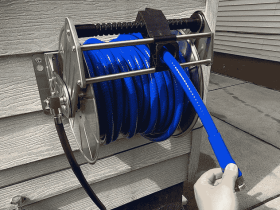Privacy is key to having a serene and relaxing outdoor experience. After all, no one wants to feel the prying eyes of their neighbors! The use of a natural privacy screen in landscaping is a great way, as it works perfectly on multiple levels. It gives you the privacy that you need, without compromising on the ‘natural’ look of the space. Way to Go Builders is one of the most experienced landscaping contractors and they have helped several homeowners build natural privacy screens. Here are some of their secrets that will help you build a natural privacy screen with landscaping.
Why Choose a Natural Privacy Screen?
Let us start by understanding why you might want to go with a natural privacy screen for your landscaping project. Well, it does have several advantages:
- It is friendly for the environment, improves air quality and provides habitats for the local wildlife.
- Dense foliage can absorb sound from nearby roads or neighbors
- You can mix and match different plant types to create a unique look.
Selecting the Right Trees and Plants for Your Privacy Screen
When you are planning for a natural privacy screen with landscaping, one of the most important decisions that you need to make is selecting the right plants.
1. Trees
Trees are an excellent choice if you want to create a tall, long-lasting privacy barrier. According to the experts at Way to Go Builders, here are some of the best options that you can choose.
- Evergreens trees help you maintain foliage year-round for constant coverage.
- Fast-growing trees like Poplar can quickly fill in spaces to provide privacy.
- You can choose flowering trees like Cherry Blossoms that will not only add privacy but also add some seasonal variety to your landscape.
2. Shrubs and Hedges
Need a medium height barrier? Or build layered privacy screens? Shrubs are a great option. Here are some of the varieties to consider:
- Consider Boxwood as they are dense and easy to shape, especially if you want a formal look.
- Holly shrubs feature evergreen leaves and bright berries.
- Privet grows quickly and can be pruned into various shapes.
3. Vines and Climbing Plants
Vines are ideal solutions for covering fences, trellises, or pergolas and offering you some privacy at your patio and decks. Here are some great options:
- Clematis produces vibrant flowers in different colors.
- Honeysuckle can attract butterflies and other pollinators and also sweeten up the air with its fragrance.
- You can also choose Ivy or Jasmine if you want lush greenery.
How to Build Natural Privacy Screen with Landscaping
Here are steps that you need to take if you want to build a privacy screen with landscaping.
1. Plan Your Layout
Start by looking at your yard and choose the area where you need privacy. It is recommended that you measure the space and determine the height and density required. Make sure that you take into account the sun exposure, soil type and climate before you move to the next stage.
2. Choose the Right Trees or a Combination of Theme
Next, you need to choose the right trees. Another good idea is to mix trees, shrubs, and vines that add more character. For example, you can plant taller trees at the back, medium ones in the middle, and set up climbing plants on the trellises for added coverages
3. Get the Soil Ready
We can’t overstate the importance of healthy soil for plant growth. You can improve soil quality by adding compost, mulch, or organic fertilizers. Set up proper drainage systems to prevent root rot.
4. Use the Right Methods
When planting your natural privacy screen landscaping elements, here are some of the methods that you should follow:
- Plants will mature at different rates. So, you need to space them to avoid overcrowding.
- You can try out stagger rows of trees and shrubs to create a fuller effect.
- To maximize the utilization of vertical space, you can use trellises or fences for climbing plants.
5. Maintain Your Privacy Screen
The privacy screen is living, so it will grow. Therefore, you need to maintain it regularly:
- Water the plants regularly, especially in the first few months after planting.
- Prune shrubs and trees as required to maintain shape and encourage growth.
- Fertilize the plants to provide essential nutrients.
This is how you can create a natural privacy screen with landscaping. Contact experienced landscaping contractors and get their support to build a feature that truly enhances the look of your yard.











Leave a Review